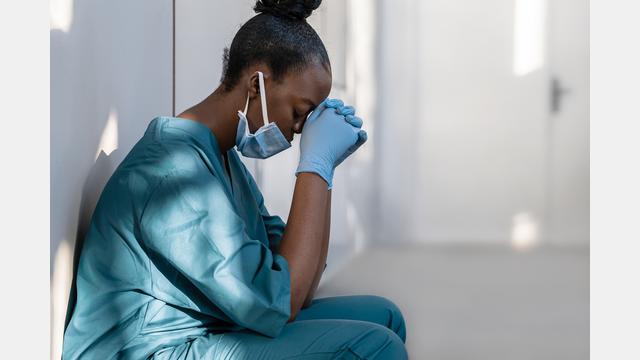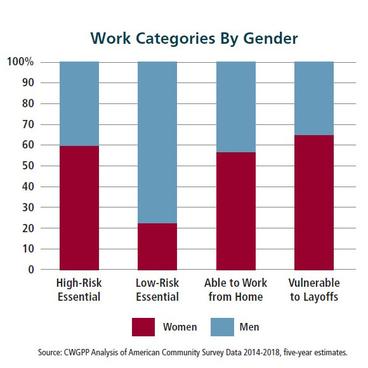Originally published December 2021
When it comes to the front lines of the pandemic, Asian women, Native American women, and Black women are disproportionately employed in high-risk essential health care, retail, and service jobs in Minnesota, according to researchers at the Humphrey School of Public Affairs.
At the same time, pandemic-related layoffs have disproportionately affected women, Native Americans, and Blacks, compared to other groups. And differences in demographic composition across jobs categories and industries explain only a fraction of these job losses.
New research published by the Center on Women, Gender, and Public Policy this week highlights the ways that different groups of workers were unequally impacted as the pandemic tightened its grip on Minnesota over the spring and summer months.
“We know that Minnesota’s deep racial disparities are compounded by gender inequalities,” said Professor Christina Ewig, the Center’s faculty director, who led the research team of Humphrey School student Amy Dorman (MPP '21) and Applied Economics PhD candidate Matthew Bombyk. “To understand how the pandemic has impacted Minnesota’s workers, what economic and community supports they have relied on throughout the year, and what policies can help us avoid a similar crisis in the future, we have to use an intersectional lens—one that takes race, ethnicity, and gender into account.”
Using state-level occupational survey data and state unemployment data, the research team identified four main categories of workers impacted by COVID-19: high-risk essential workers, low-risk essential workers, people who could work from home, and those vulnerable to layoffs.
The data show that women workers, particularly women of color, face a dual vulnerability during COVID-19, with a higher risk of exposure to the virus at work and of being laid off.
Through interviews with community service organizations and unions, the team found that stimulus checks and unemployment insurance provided critical economic aid in the early months of the pandemic—but many who needed these supports, including undocumented workers and people experiencing homelessness, could not access them.
Additionally, workers across Minnesota have had to improvise solutions to major structural issues during the pandemic, including inadequate personal protective equipment (PPE) and a lack of safe, affordable child care that has left families stressed and scrambling.
While income is crucial for all workers, safety and child care are also major concerns for workers and their families, and these received relatively less attention from both the state and federal government. Given women’s concentration among essential workers and greater time spent on child care at home, the lack of response in these areas has magnified gender inequalities during the pandemic.
Recommendations
The report outlines several immediate steps policymakers could take to help Minnesota’s workers through the economic dislocations caused by the pandemic, including ensuring that all essential workers have adequate PPE, properly translating and disseminating information about both the virus and emergency financial supports to all communities, and making undocumented workers eligible for future relief programs.
Longer term, the authors argue that the pandemic is an urgent call to decouple health insurance from employment and to replace our current patchwork of social safety net programs with a universal basic income. They also advocate for policymakers to establish permanent paid sick and family leave provisions and prioritize childcare and education planning in future emergency preparedness.
“Ultimately, the best way to build resilience for the next pandemic is to invest in racial and gender equity by means of a strong social safety net for all Minnesotans,” said Ewig.



